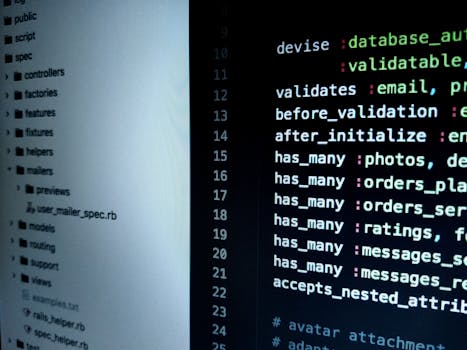Basics of Ethical Hacking - Introductory Terms Part-3
Basics of Ethical Hacking - Introductory Terms Part-3 | HackThatCORE

Hello friends, today I came up with third part of the complete introductory conceptual approach towards the basics of ethical hacking. So, without any time waste, Let's dive into it...
-
Compiler
A compiler is a software that transforms computer code written in one programming language (the source language) into another programming language (the target language).
-
Dynamic Domain Name System
Dynamic DNS (DDNS or DynDNS) is a method of automatically updating a name server in the Domain Name System (DNS), often in real time, with the active DDNS configuration of its configured hostnames, addresses or other information
-
Fuzzing
Fuzzing is an automated software testing technique that involves providing invalid, unexpected, or random data as inputs to a computer program. The program is then monitored for exceptions such as crashes, or failing built-in code assertions or for finding potential memory leaks.
-
Hacker
A hacker is a creative programme, a creative cryptographer, a human with good knowledge of networking, operating systems and many more and the best and creative social engineer who easily controls any mind.
-
Hammering
Hammering refers to the automated processes of repeatedly trying to connect to different types of servers such as email, file transfer, etc., which are unavailable or busy with other tasks.
-
iFrame Injection
An iframe injection is a very common cross site scripting attack. It consists of one or more iframe tags that have been inserted into a page or post's content and typically downloads an executable program or conducts other actions that compromise the site visitors' computers.
-
Netfilter
Netfilter is a framework provided by Linux that allows various networking related operations to be implemented in the form of customized handlers. Netfilter represents a set of hooks inside the Linux kernel, allowing specific kernel modules to register callback functions with the kernel's networking stack.
-
Packet Injection
Packet injection (also known as forging packets or spoofing packets) is a computer networking term that refers to the process of interfering with an established network connection, by means of constructing packets to appear as if they are part of the normal communication stream.
-
Same origin policy
The same-origin policy restricts how a document or script loaded from one origin can interact with a resource from another origin. It is a critical security mechanism for isolating potentially malicious documents.
-
Sandbox
A snadbox, in computer security, is a security mechanism in which a separate restricted environment is created and in which certain functions are prohibited. A sandbox is often used when untested code or untrusted programs from third-party sources are being used.
-
Session Fixation
Session Fixation is an attack that permits an attacker to hijack a valid user session. The session fixation attack is a class of Session Hijacking, which steals the established session between the client and the Web Server after the user logs in.
-
Time To Live (TTL)
TTL or hop limit is a mechanism that limits the lifespan of data in a computer or network. TTL may be implemented as a counter or timestamp attached to or embedded in the data. Once the prescribed event count or timespan has elapsed, data is discarded or revalidated.
-
Traffic Shaping
Traffic Shaping, also known as packet shaping, Quality of Service (QoS) or bandwidth management, is the manipulation and prioritization of network traffic to reduce the impact of heavy users or machines from effecting other users.
-
Uniform Resource Name (URN)
A URN is a Uniform Resource Identifier (URI) that uses the URN scheme, and does not imply availability of the identified resource. Both URNs (names) and URLs (locators) are URIs, and a particular URI may be both a name and a locator at the same time.
-
User agent
A user agent is software that is acting on behalf of a user. One common use of the term refers to web browser telling a website information about the browser and operating system.

Comments
Post a Comment